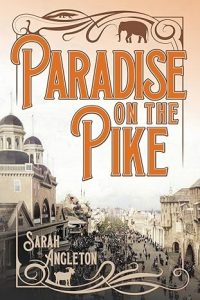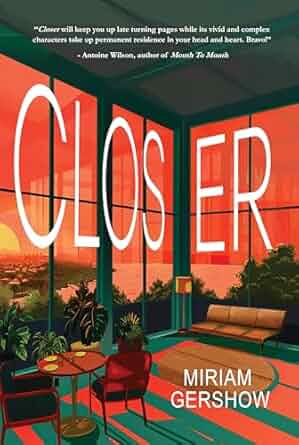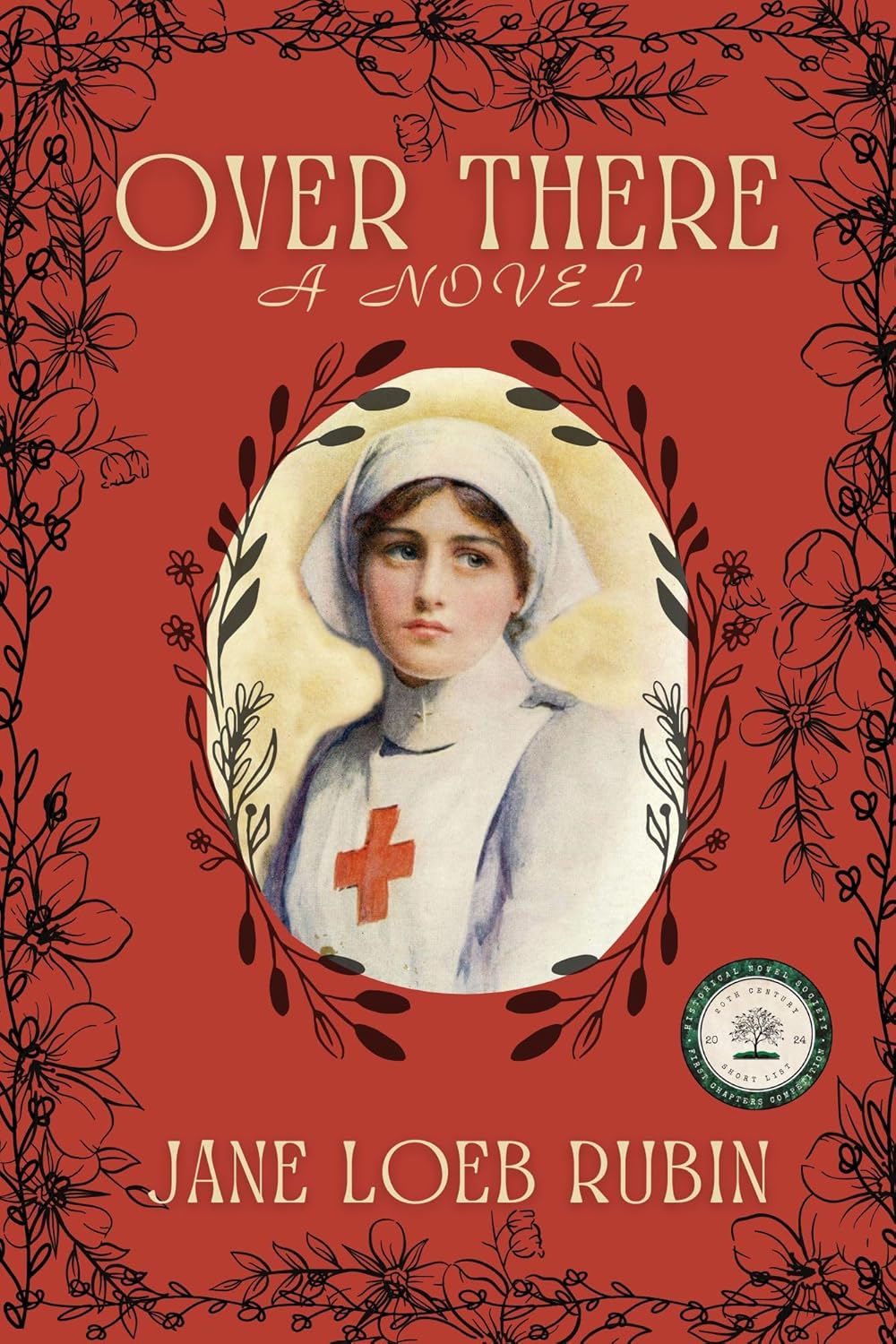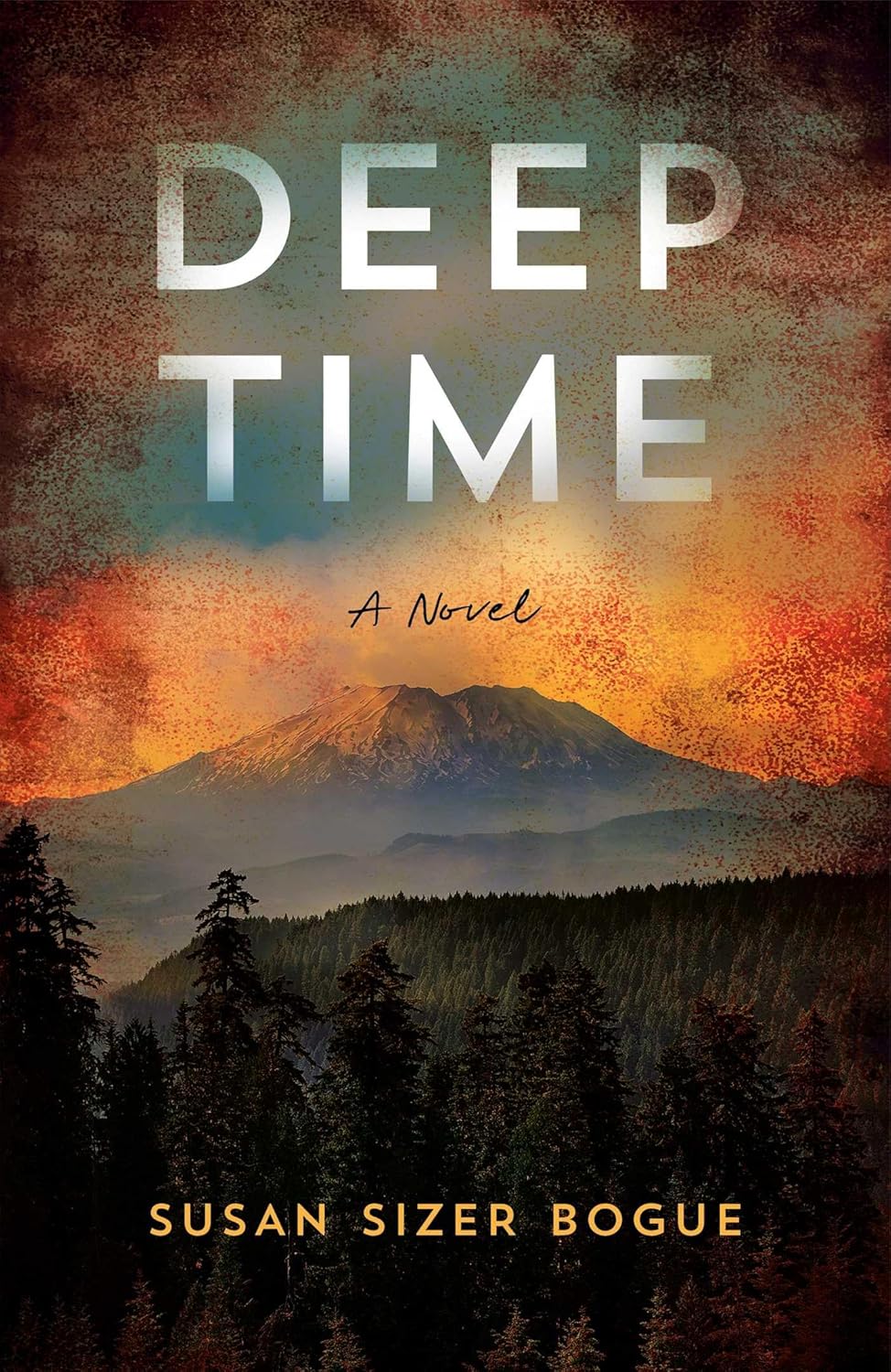Write Local by Sarah Angleton
Write Local
 About twenty years ago, I stepped into an intimidating academic building that smelled of old books and institutional knowledge to receive some great well-worn advice I should have taken much sooner than I did. At the time, I was looking to change directions from my as yet unused undergraduate degree in zoology toward a master’s program in English in hopes of following another passion as a writer.
About twenty years ago, I stepped into an intimidating academic building that smelled of old books and institutional knowledge to receive some great well-worn advice I should have taken much sooner than I did. At the time, I was looking to change directions from my as yet unused undergraduate degree in zoology toward a master’s program in English in hopes of following another passion as a writer.
Nervous, I made my way to the English Department offices, expecting to be sold on the advantages of the program I was considering. Instead, I discovered a professor who said, “If you want to write, just write.” When I explained that my background was in animals and not words, she shrugged and replied, “Good. You have something to write about.”
I realize this is a variation of that trite adage that you should write what you know, but still It took the pursuit of my fourth historical novel for these words to sink in. That’s when I finally decided to seek out my story in the history of zoological gardens, and met a turn of the century German animal dealer named Carl Hagenbeck. Known as the father of the modern zoo because of his innovative cage-free exhibits, Hagenbeck was right up my alley.
I discovered in my research that he was also right down the street, because for more than a decade now, I have lived in the suburbs of St. Louis, Missouri, a city not far from where I grew up, and the host city of the 1904 World’s Fair. I could have, and nearly did, set my historical mystery in Hamburg where the magical Tierpark Hagenbeck, opened in 1907, is still family owned more than a century later, and remains home to the designs that influenced zoos all over the world.
Instead, I chose to place my story closer to home, on the incredible grounds of the 1904 World’s Fair, where Carl Hagenbeck first implemented his newfangled ideas about zoo design at Hagenbeck’s Zoological Paradise and Trained Animal Circus.
By setting my story close to home, I gained a couple of important advantages. For one thing, research became much easier. St. Louis is home to the Missouri Historical Society’s Library and Research Center with an enormous collection of archival material from the fair. The local library systems also contain a great deal of information and a lot of enthusiasm for sharing it. The city is also home to the 1904 World’s Fair Society, created and continued by the world’s foremost experts on St. Louis’s shining moment as the center of the world’s attention.
The second important advantage I gained when I moved my story to the fair, was proximity to the audience that is most excited to read it. Fortuitously, I completed the novel in time to publish in April of 2024, one-hundred and twenty years after the opening of the 1904 World’s Fair. The publication also coincided with the opening of a newly re-imagined permanent World’s Fair exhibit at the Missouri History Museum, located in Forest Park, which served as the fairgrounds.
Because of this, I was able to piggyback on much of the excitement already generated about the fair as a way to talk about and promote my novel. Many area publications, independent bookstores, public libraries, historical societies, city podcasts, and even local radio stations, when queried, have been interested in working with a local author to promote her novel that incorporates a historic event that forms an integral part of the identity of the city we all love.
As much as I have enjoyed falling down research rabbit holes for each of my novels and forming stories that offer illumination on intriguing bits of history taking place in distant and fascinating places, I have to admit, none of it has been quite as rewarding as this latest historical mystery has turned out to be.
It took me twenty years, four books, and yes, a master’s degree in literature and creative writing to understand that I already had something to write about. More importantly than that, I had something the people around me wanted to read about. It turns out it really probably is a good idea to write what you know, and it’s an even better idea to write local.
—
SARAH ANGLETON is a storyteller, blogger, and history enthusiast who has written four historical novels, including Paradise on the Pike, a new mystery set at Hagenbeck’s Zoological Paradise and Trained Animal Circus on the grounds of the 1904 World’s Fair. She lives near St. Louis with her husband, two almost-grown sons, and a sweet rescue dog who insists on waking her up every morning before dawn.
PARADISE ON THE PIKE
1903
 Twenty-year-old Max Eyer is still reeling from his father’s recent death when a mysterious stranger’s offer to buy the family farm outside of Hamburg, Germany presents to him and his mother an unexpected opportunity to make a fresh start in America.
Twenty-year-old Max Eyer is still reeling from his father’s recent death when a mysterious stranger’s offer to buy the family farm outside of Hamburg, Germany presents to him and his mother an unexpected opportunity to make a fresh start in America.
Welcomed by his uncle’s bustling family in St. Louis, Max finds employment on the grounds of the upcoming 1904 World’s Fair, where he is hired as a zookeeper at Hagenbeck’s Animal Paradise on the Pike. Max’s enchantment with the trained animals shows, ostrich rides, and water sliding elephants is rivaled only by his fascination with Shehani, a beautiful Sinhalese woman who captivates the crowds of fairgoers by dancing among the lions.
However Max’s paradise unravels when a grisly discovery leads to an accusation of murder against the woman he loves. His efforts to uncover the truth may save her, but in this fantasy land of the fair where palaces are temporary, animals roam free, and people are on exhibit, will his own dreams be shattered by an ugly reality?
Category: Contemporary Women Writers, How To and Tips






























